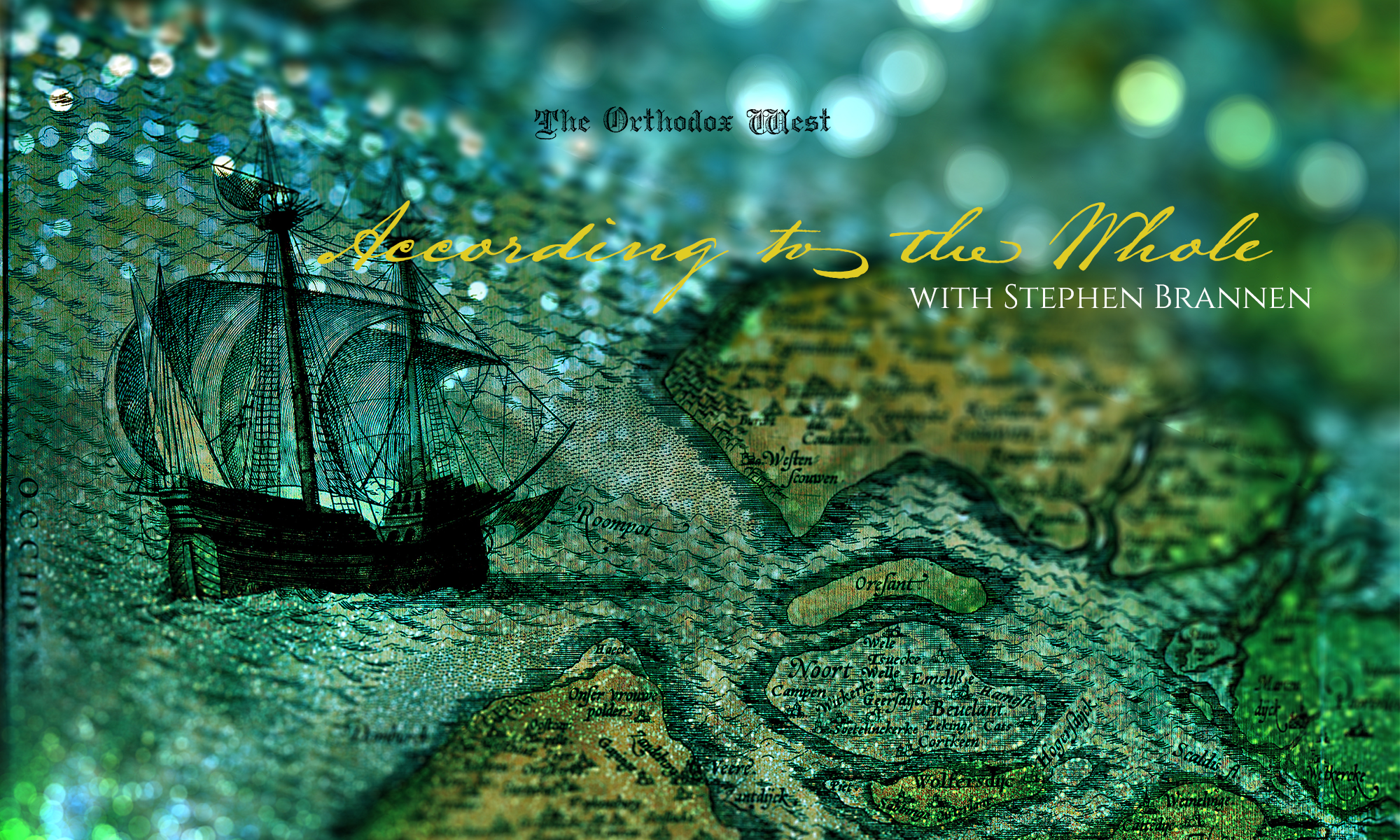
In many parts of the world, among Roman Catholic and Anglo-Catholic communities, the month of May is specially dedicated to the honor of the Blessed Virgin Mary. This is a relatively late innovation in devotional practice, most likely only manifesting in explicit form in Rome some time around 1700. The concept quickly spread though, probably because of the deep cultural predilections for recognizing in May the maternal blossoming of new life in nature.
In ancient pagan Rome, Flora, the goddess of flowers and of Spring, was celebrated near the beginning of May. The Irish Gaels celebrated their seasonal Beltane on May 1, marking the opening of the pasturing season. Greeks had special devotions to Artemis, especially at Ephesus where she was recognized as a mother goddess, at the beginning of May. The Christianization of Europe erased the pagan celebrations but left a semi-secular “May Day” in popular culture to mark the early beginning of the fertile summer. The ancient associations of May with fertility, fecundity, and mothering had lain in dormant expectation among European Christianity for an unequivocal association of it with the Mother of Christians, Mary, and finally in the 18th century that idea was solidified.
Though in its current devotions the dedication of May to the Virgin Mary is decidedly post-schism, its intent and practice is sound, and its observance among Western Rite Orthodox communities is a perfect example of taking up that which is true, noble, right, pure, lovely, admirable, and praiseworthy (Philippians 4:8) from recent Western practice into the Orthodox Church.
There are many special Marian devotions which can be employed during the month of May, not least the daily recitation of the Rosary. One of the most popular ways of dedicating May to Mary is the May Crowning in which parishioners (usually children) will place a crown of flowers on the head of the statue of Mary, indicating her Queenship in the Kingdom of God.

This lovely ritual is consonant with the doctrines as expressed in the celebration of her assumption on August 15: “The holy Mother of God is exalted above choirs of Angels…” (Matins, Nocturne I, Antiphon I); “Upon thy right hand did stand the Queen in a vesture of gold, wrought about with divers colours” (Matins, Nocturne II, Versicle v.–c.f. Ps. 45).
But specifically, the crown with which Mary is crowned in this devotion is made of flowers. The association of both Mary and the month of May with the blossoming of flowers connects them to each other. Again from Matins for the Assumption: “She was as the flower of roses in the Spring of the year, and lilies by the rivers of waters” (Nocturne I, Versicle iii.).
Meditating on why Mary has come to be associated with May, the English poet Gerard Manley Hopkins wrote his poem, May Magnificat:
MAY is Mary’s month, and I
Muse at that and wonder why:
Her feasts follow reason,
Dated due to season—
Candlemas, Lady Day;
But the Lady Month, May,
Why fasten that upon her,
With a feasting in her honour?
Is it only its being brighter
Than the most are must delight her?
Is it opportunest
And flowers finds soonest?
Ask of her, the mighty mother:
Her reply puts this other
Question: What is Spring?—
Growth in every thing—
Flesh and fleece, fur and feather,
Grass and greenworld all together;
Star-eyed strawberry-breasted
Throstle above her nested
Cluster of bugle blue eggs thin
Forms and warms the life within;
And bird and blossom swell
In sod or sheath or shell.
All things rising, all things sizing
Mary sees, sympathising
With that world of good,
Nature’s motherhood.
Their magnifying of each its kind
With delight calls to mind
How she did in her stored
Magnify the Lord.
Well but there was more than this:
Spring’s universal bliss
Much, had much to say
To offering Mary May.
When drop-of-blood-and-foam-dapple
Bloom lights the orchard-apple
And thicket and thorp are merry
With silver-surfèd cherry
And azuring-over greybell makes
Wood banks and brakes wash wet like lakes
And magic cuckoocall
Caps, clears, and clinches all—
This ecstasy all through mothering earth
Tells Mary her mirth till Christ’s birth
To remember and exultation
In God who was her salvation.

